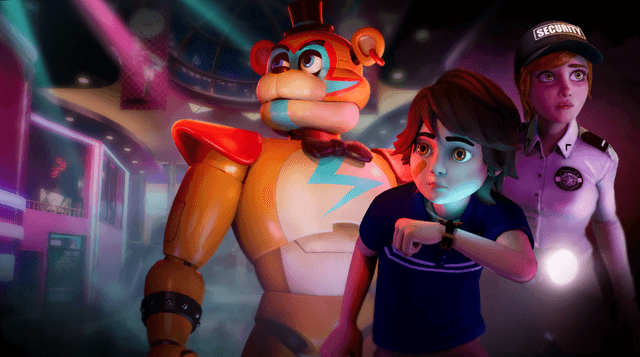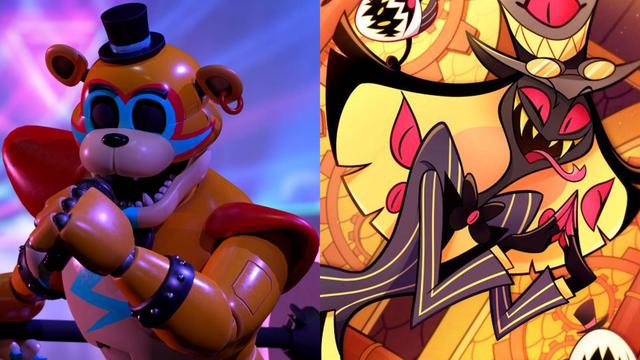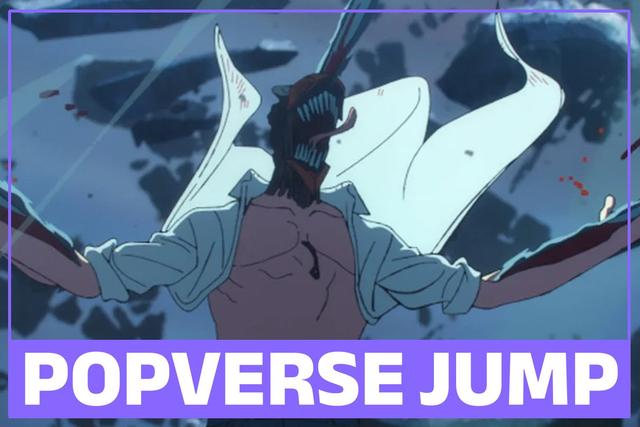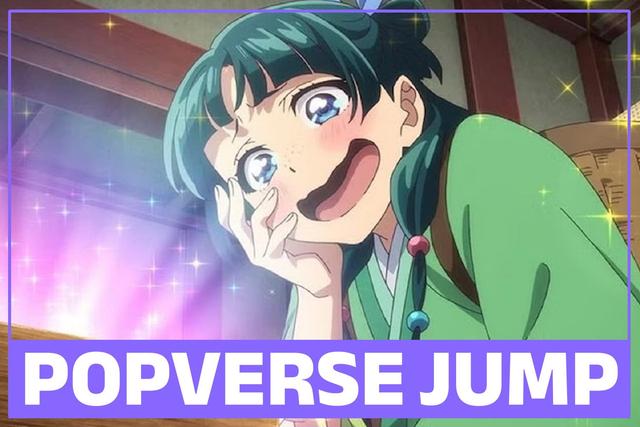If you click on a link and make a purchase we may receive a small commission. Read our editorial policy.
How the Comics Code Authority made the world safe again for superheroes
There was more to the revival of superheroes in the late '50s than it first appeared

If there was an irony to be found in the moral outrage over the potentially corrupting influence that comics had on the youth of America in the middle of the 20th century, it's that what had originated as a series of panicked warnings specifically targeting the superhero genre arguably created the environment that allowed superheroes to take over American comics entirely, as a new wave of conservativeness swept through the industry.
Less than a decade after the debut of Superman in Action Comics #1, religious groups had taken to publishing warnings about the dangers inherent in superhero comics. An article titled 'What's Wrong with the 'Comics'?' in a 1943 issue of Catholic World suggested that the Man of Steel "seems to personify the primitive religion explounded by Nietzsche's Zarathustra. 'Man alone is and must be our God,' says Zarathustra, very much in the style of a Nazi pamphleteer." Two years later, no less an authority than Time magazine ran a headline that asked, entirely seriously, "Are Comics Fascist?"
This was an idea picked up by self-promoting psychiatrist Frederic Wertham as he launched a crusade that peaked with the 1954 release of his book Seduction of the Innocent – something infamously remembered today as much for Wertham's declaration that "Only someone ignorant of the fundamentals of psychiatry and of the psychopathology of sex can fail to realize a subtle atmosphere of homoeroticism which pervades the adventures of the mature 'Batman' and his young friend Robin" as anything else. Seduction of the Innocent provoked a significant response in its criticism of popular comic books at the time, including hearings held by the US Senate Subcommittee on Juvenile Delinquency, which seriously considered the issue of whether or not comics played a significant role in transforming impressionable children into surly, violent teens.
By that point in time, however, focus had fallen away from superheroes and towards the more popular horror and crime genres. This was, in large part, the result of the undeniable fact that those latter genres were inherently more salacious and graphic than superheroes, with more obvious "threats" to young readers than the subtextual accusations leveled against the longjohns set, but it was also a recognition of the fact that, bluntly, there weren't that many superhero comics still being published.
The mighty have fallen
When the Senate held its April 1954 hearings into whether or not comic books were a grave moral threat to the country, the superhero comic book genre was almost non-existent. Only two publishers – Quality Comics and National Periodicals (now known as DC) – were even still making superhero comics at that time, with less than 10 superhero titles hitting stands each month: from National, Superman, Action Comics, Batman, Detective Comics, Wonder Woman, Adventure Comics – which featured Aquaman, Green Arrow, and Johnny Quick, although his adventures would be over before the end of the year – and, from Quality, Plastic Man. Atlas – formerly Timely, and still a decade away from becoming Marvel Comics – had attempted to revive Captain America, Namor, and the Human Torch a year earlier to little success; their runs were already over.
The heroes had been supplanted by genres that offered more graphic, visceral thrills to readers, helping comic publishers compete with the growing appeal of television even as they tried to grow up with their audience. Titles like Lev Gleason Publications' Crime Does Not Pay, and EC Comics' Tales from the Crypt demonstrated the success of this strategy, becoming sales successes and inspiring imitations from competing publishers, even as creators and publishers alike furiously worked to come up with the next big thing to keep their audience satisfied and, more importantly, coming back each month. Returning customers were an important factor for publishers, with comics having their fair share of customers outside of children in the medium's infancy; one 1943 study suggested that roughly 35% of adults aged 18-30 were regular readers. It was to those readers, not children, that horror and crime comics were being marketed – an ad for the launch of Crime Does Not Pay even exhorted readers, "Show it to Dad, he'll love it!"

Such nuance was lost on Wertham and his fellow crusaders, however. The Senate Subcommittee hearings held on April 21-22 and June 1, 1954, demonstrate that the comic professionals present are well aware of how ridiculous the proceedings are – EC Comics publisher William Gaines' response that the cover to Crime SuspenStories #22 was in good taste "for the cover of a horror comic" shows more sense of perspective than any of the elected officials asking questions, for example. ("A cover in bad taste, for example, might be defined as holding her head a little higher so that blood could be seen dripping from it and moving the body a little further over so that the neck of the body could be seen to be bloody," Gaines continued, helpfully.)
The damage was done, however, and crime and horror comics swiftly became Public Enemies Numbers One and Two in the entire country. Newspaper articles railed at their very existence, with protests against them taking place across the nation, including both book burnings and exchanges, where readers would receive a hardcover copy of classic children's literature like Treasure Island and Alice's Adventures in Wonderland for every horror or crime comic they handed in. Two cities – Oklahoma City, Oklahoma, and Houston, Texas – even went so far as to ban the sale of crime and horror comics outright.
The authority
Fearing for the future of the comic book industry as a whole, drastic measures were taken in response. Gaines announced the end to EC's horror and comics titles, citing "appeals by American parents" as the reason; the reality was that then-New York mayor Robert Wagner was rumored to have ordered city officials to place injunctions on publishers based in the city to force them to cease publication of their more controversial titles. Gaines was also behind the formation of the Comics Magazine Association of America, a self-regulatory body made up of multiple publishers agreeing to a code of conduct that would be enforced by an external specialist of juvenile delinquency under the guise of the Comics Code Authority.
Amongst said items in the original version of the code were an inability to use the words 'crime,' 'horror,' and 'terror' in comic book titles – and to ensure that, "in every instance good shall triumph over evil and the criminal punished for his misdeeds." The full version of the Comics Code of 1954 is quite a read. "Respect for parents, the moral code, and for honorable behavior shall be fostered" is also in there, for example.
With this new code of conduct in place, and the industry under pressure to prove that it can entertain its readers without doing anything that would upset those who had just months earlier been burning its product or working to shut everything down entirely, comic book publishers were faced with an existential question: what could they publish?

Some pre-existing material had escaped public censure already: so-called Funny Animal books continued to sell because, well, how could you go wrong with anthropomorphized animals doing comedy? Romance comics, too, might have been mildly censored – the Comics Code required that "passion or romantic interest shall never be treated in such a way as to stimulate the lower and baser emotions," after all – but there were ways around that; stories started to center on younger characters, less prone to more base instincts, in order to maintain at least an illusion of propriety. But what about readers looking for adventure and thrills who could no longer find such things in the new, sanitized generation of horror or crime stories? What would they want to read?
The Communist threat, and beyond
National was not the first publisher to think about a superhero revival, although it was arguably indirectly responsible for its competitors' efforts nonetheless. The success of the television series The Adventures of Superman, which ran from 1952 through 1958, inspired multiple comic book publishers to try and revive their own superhero properties as the industry sought to distance itself from the types of comics that led to Senate hearings. Atlas was first, with a 1953 revival of Captain America, the Human Torch, and the Sub-Mariner, each of whom were recast as scourges of the Communist menace in an attempt to reassure parents of their moral standing; the revival, which featured in issues of Young Men and a revived Captain America Comics, would end within a year due to disinterest.
Not everyone was without interest, however; in 1954, Captain America's creators Joe Simon and Jack Kirby would create the Fighting American, a Communist-hunting satire of both the political paranoia of the era and Atlas' ill-considered Cap revival. After seven issues published by Prize Comics, the Fighting American, too, would disappear. A similar fate awaited both Captain Flash from indie publisher Sterling Comics – a four-issue run notable primarily for art from Mike Sekowsky, who'd co-create the Justice League of America for National just a few years later – and Magazine Enterprises' The Avenger, which lasted five issues co-written by Gardner Fox. There was, it seems, something about the idea of a superhero revival, even if the execution was seemingly lacking.

It wasn't until 1956's fourth issue of National's anthology series Showcase – a title intended to try and discover new concepts to be spun out into their own books – that the potential of the new superhero finally clicked into place. The Flash was, in name and super-abilities, a revival of a character who'd debuted almost two decades earlier, but Barry Allen was far from a Jay Garrick clone. Robert Kanigher's writing leaned on the cadence and pacing of popular science fiction titles of the period, while Carmine Infantino's clean artwork (inked by Joe Kubert) gave the character and his world a contemporary appearance that felt suitably atomic age in appeal. Perhaps importantly, "The Mystery of the Human Thunderbolt" – and the Flash stories that followed – offered antagonists that had their own sci-fi gimmick to draw readers' attention, while remaining free of the Communist paranoia of the earlier attempts to update the genre.
All of that made The Flash exciting and novel enough to distract readers from its slavish devotion to the demands of the Comics Code Authority – exciting enough to lay the groundwork for the creation of the Justice League, which led to the creation of the Fantastic Four and the entire Marvel Universe that followed. Superheroes had fallen from favor, only to return when their competition had proven too risky, too bold, to be allowed to remain on newsstands. Who better, after all, to restore faith that comics were safe for everyone than the ultimate agents of the status quo?
If you’re wondering just what led to the institution of the Comics Code Authority in the first place, Popverse has you covered: here’s a look back at the circumstances that helped make superheroes disappear in the latter part of the '40s, leading to the rise of those scarier other comics in the first place.
Follow Popverse for upcoming event coverage and news
Find out how we conduct our review by reading our review policy
Let Popverse be your tour guide through the wilderness of pop culture
Sign in and let us help you find your new favorite thing.
















Comments
Want to join the discussion? Please activate your account first.
Visit Reedpop ID if you need to resend the confirmation email.